Deacon Sportlight: Sydney Smith
A Wake Forest cheerleader shares about her life behind the pom-poms
Courtesy of the Program for Leadership and Character
Sydney Smith poses on Truist Field in her cheerleading uniform.
February 16, 2023
Five feet off the ground, Sydney Smith is a blur of gold and black as she drops into the waiting arms of her teammates.
The crowd is cheering wildly, but when she looks up, no one is watching her.
This is cheerleading — a side spectacle to the main show. The pretty faces on the sidelines with bright red smiles visible from the spectator stands. Pom-poms and sparkly uniforms, ribbons and bows.
But this is also cheerleading. Death-defying flips that must be executed perfectly by every person involved in the stunt. A split with each leg extended onto the shoulder of a teammate who is on the shoulders of another. Techniques that are honed through hours of practice each week because a mistake made in mid-air can have catastrophic consequences.
“People don’t view us as athletes, they view us as entertainment — disposable entertainment,” Smith said.
The question of whether cheerleading can be considered a sport divides spectators and athletes alike, even those within cheer itself.
“I’m still in that weird transitional stage where I feel uncomfortable with calling the sport intense because I know how it’s viewed at the games,” Smith said. “But if I’m being honest, yeah, it’s an intense, aggressive sport.”
The Wake Forest University cheer team practices for about three hours, three times a week — not including weights twice a week for an hour. During the football season, game days will typically be anywhere from 8-11 hours.
“They put in quite an amount of work,” Wake Forest Spirit Program coach Christy Creson said of her cheerleaders. “They also, in addition to that, will have appearances in the community, do community service and do different community events as well.”
Outside of her cheer commitments, Smith’s schedule is filled with a variety of extracurriculars. Smith is a member of the club gymnastics team, host of a Wake Radio show, a tour guide, a resident advisor for first-years, a communication specialist for the engineering department and works a minimum of 10 hours per week in the Z. Smith Reynolds Library, some of which are the closing shifts from midnight to 1 a.m.
It’s a wonder she can find the time to sleep.
“Almost anyone else on the football team, basketball team…you don’t need, necessarily, extracurriculars. Your extracurricular is what you are here to do,” Smith said. “Cheer and dance — we don’t get paid to be here…we do it because we love the sport, but you still have to add on all these extra things to your schedule because it’s not real enough.”
But it gets real when Smith and her teammates are faced with the injuries that are so prevalent within the sport but go unnoticed by those outside of it.
Based on annual data from 1982 to 2018, the number of female cheerleaders’ direct catastrophic injuries for both high school and college athletes was ranked second among other school-sponsored sports.
The first? Football.
Yet, the safety measures implemented and the concern surrounding football players stand in stark contrast to that which is afforded to cheerleaders.
“We just got a trainer for the first time ever this year…it’s about time,” Smith said.
Without an athletic trainer, significant injuries, such as concussions, can go overlooked for weeks. Then, when the negative effects of the injury become impossible to ignore, the recovery process is delayed and more difficult.
But the addition to the coaching staff has not been without its challenges, too.
During this season, the cheer team athletic trainer switched with the field hockey trainer, who then left the university, leaving the cheer team without a designated trainer once again.
“We’ve been having a very random rotation of other sports teams’ trainers being at our practices when they can be,” Smith said.
Despite the high-risk nature of their stunts, cheer has once again been placed on the back burner in terms of their priority level within the Wake Forest Athletic Department.
In fact, when cheerleaders go to the athletic building for a physical therapy appointment, they must wait to be let in by a staff member or a “real athlete” who has card access to the building.
“So in addition to having an actual lack of resources, it’s also a social dynamic where you’re not real athletes,” Smith said.
Smith’s teammate, Mason Johnson, agreed.
“I think there’s a stigma about cheerleaders being stupid or not real athletes, and [that] it’s not a real sport,” Johnson said.
Many factors that affect how people view cheer. Classic stereotypes often portray cheerleaders as ditzy girls whose sole purpose is to decorate the edge of the field or court while the real athletes display their impressive athleticism on center stage.
“I get it, okay — technically under NCAA standards, we’re not considered a sport,” Smith said.
But she wants recognition for the athleticism that is such a big part of cheer. It is when the skills required of these cheerleaders are underappreciated that they are denied the funding and amenities that are granted to other sports teams at the university.
A go-getter in all aspects of her life, Smith has tried to meet with John Currie, the Director of Athletics for Wake Forest, about the lack of funding for the Spirit Program.
“His assistant explained how the program doesn’t meet all the marks for the NCAA athlete standards,” Smith said. “If we did hit the mark to be considered NCAA-sponsored athletes, then you also need…a whole extra bucket of funding…the funding is, I don’t know where. Could they make it up somewhere? I’m sure they could. For whatever reason, it’s not being made.”
When asked for a response to Smith’s statement, Currie expressed that the funding allocated to Wake Forest cheer has only grown since he began his role as athletic director.
“We have significantly increased funding and staffing for Wake Forest Cheer since I arrived in 2019, including additional sports medicine support,” Currie said.
But in many cases, it is still necessary for the cheer team itself to come up with its funds.
Before the beginning of this academic year, the team went to the National Cheerleaders Association and National Dance Alliance camp to learn routines and new skills for two days before competing against other students on the third day.
“If you win, then you get a gold or silver bid,” Smith explained. “That gold or silver bid is equivalent to money, and money can send you to a competition in the spring…Wake Forest cheer got a silver bid, which is pretty cool.”
In Smith’s view, this competition is a chance for Wake Forest cheer to display their athleticism and raise awareness about the work that goes into their stunts.
Another teammate, Lily Robinson, said, “I think that…people overlook the athleticism that goes into it because sometimes they may think…they’re just there to entertain us, and they don’t exactly realize how much time, effort, athleticism, training — how much skill really goes into the sport itself.”
Smith is focused on changing the perceptions surrounding cheer, and not just for her own sake.
“There have been professors…maybe their daughter is a cheerleader or dancer in grade school, you know, and they’ll say ‘I see how hard the big girls work.'”
People are watching Smith from the stands after all.


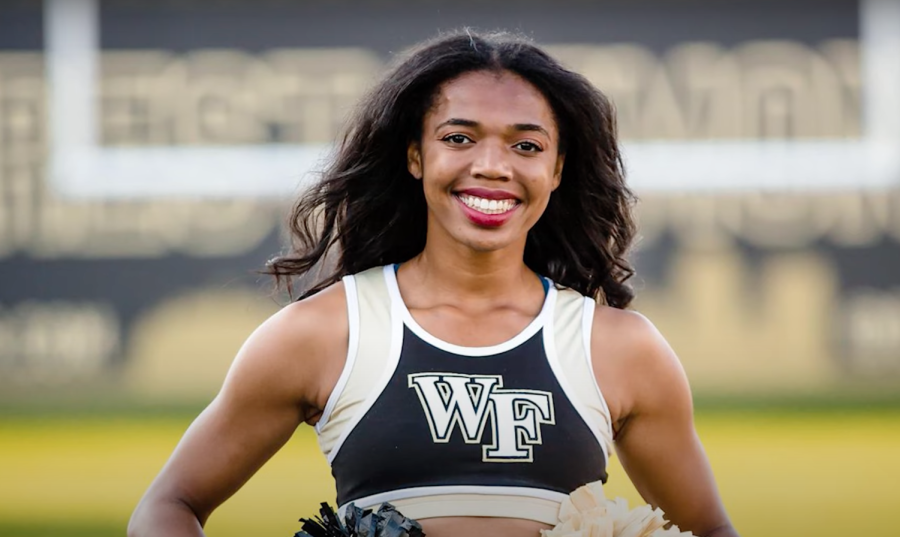

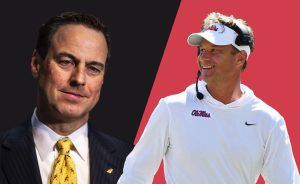


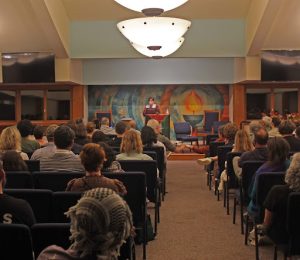


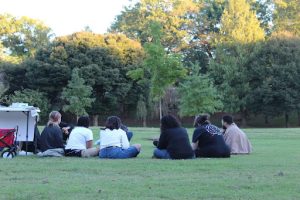


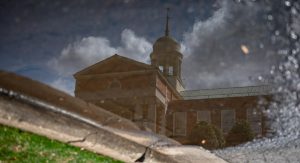
Mía Hill • Feb 16, 2023 at 7:17 pm
So proud of you, Sydney! <3